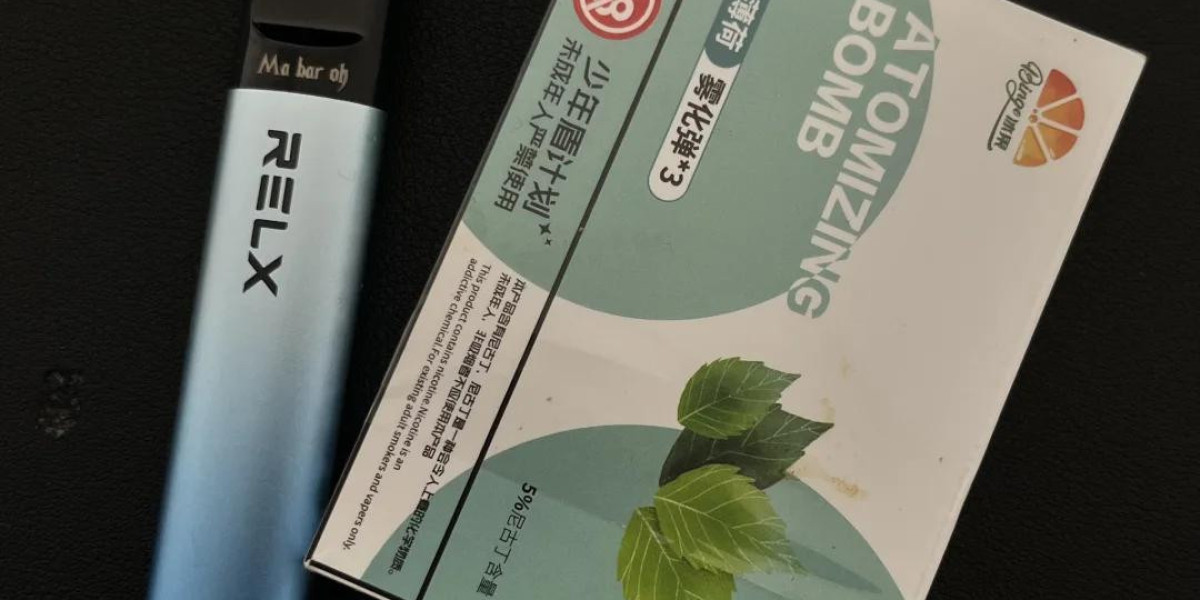The conversation around plastic pollution has gained momentum in recent years, and one small yet impactful change people are embracing is the switch to eco-friendly straws. As consumers grow more environmentally aware, these sustainable alternatives are quickly becoming a staple in homes, restaurants, and businesses aiming to reduce their ecological footprint. Choosing straws that are better for the planet is no longer a trend but a meaningful step toward responsible living.
The traditional plastic straw, though convenient and inexpensive, has proven to be one of the most harmful single-use plastics. It is rarely recycled and often ends up polluting oceans, harming marine life, or clogging landfills. Eco-friendly straws offer a responsible replacement that significantly minimizes these environmental risks. Whether made from paper, metal, bamboo, or other biodegradable materials, these straws are designed to either decompose naturally or be reused countless times.
Consumers are finding that they don’t have to sacrifice quality or experience when switching to sustainable straws. Paper straws, for example, have improved in durability and design, offering an eco-conscious option for single-use scenarios. For those who want long-term alternatives, stainless steel and glass straws provide a sleek, durable solution that’s easy to clean and perfect for daily use. Plant-based straws, such as those made from wheat or sugarcane, also offer biodegradable benefits while maintaining a similar texture and usability as plastic.
Businesses play a critical role in the movement toward sustainability. Many cafes, bars, and fast-food chains are now offering eco-friendly straws as part of their commitment to greener operations. This not only aligns with global environmental goals but also appeals to a growing segment of eco-conscious consumers. In many places, offering plastic straws is no longer legal, and switching to alternatives ensures businesses stay compliant while improving their public image.
The positive impact of eco-friendly straws extends beyond the environment. Their production often involves lower carbon emissions, less water usage, and reduced reliance on fossil fuels. Companies that manufacture these straws are also placing greater emphasis on ethical sourcing and recyclable packaging, further enhancing the sustainability of the product. Some brands even reinvest profits into environmental initiatives, such as ocean cleanup programs or tree planting projects.
Eco-friendly straws also serve as an educational tool. Their presence on restaurant tables or in household drawers sparks conversation about environmental responsibility. They represent a tangible, accessible example of how simple changes can lead to broader shifts in mindset. Many schools and community organizations use them to teach children about sustainability, encouraging the next generation to adopt planet-friendly habits early on.
Although they are a small component of the global waste problem, eco-friendly straws are symbolic of larger environmental efforts. Their widespread use indicates that people are ready to embrace more sustainable choices when given convenient and effective options. By replacing one everyday item with a greener version, individuals contribute to a collective effort to protect natural ecosystems and reduce long-term pollution.To discover premium-quality, sustainable straw options suitable for all settings, visit sotonstraws.com .








